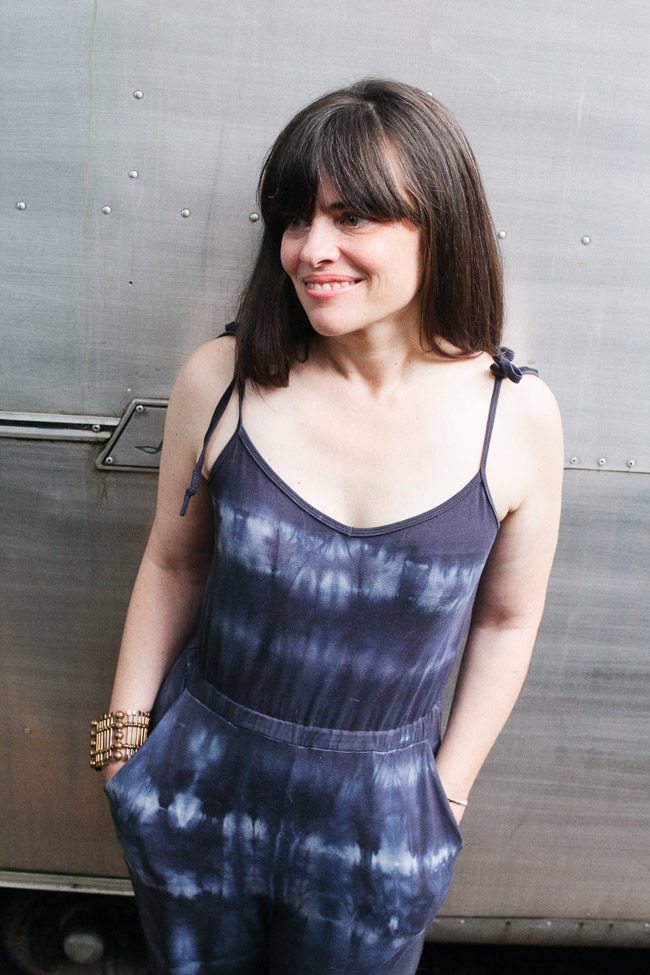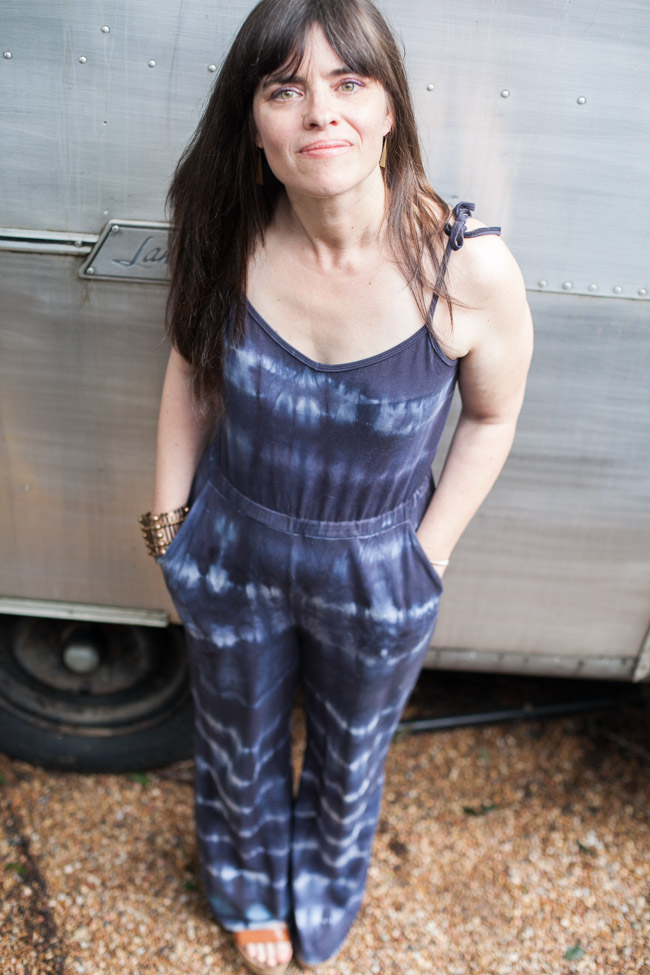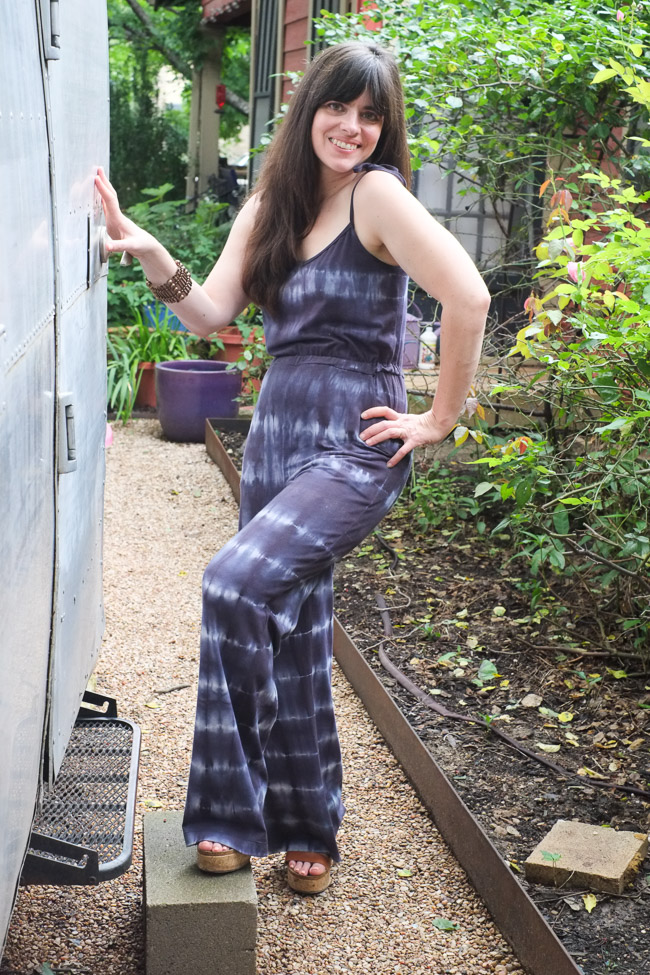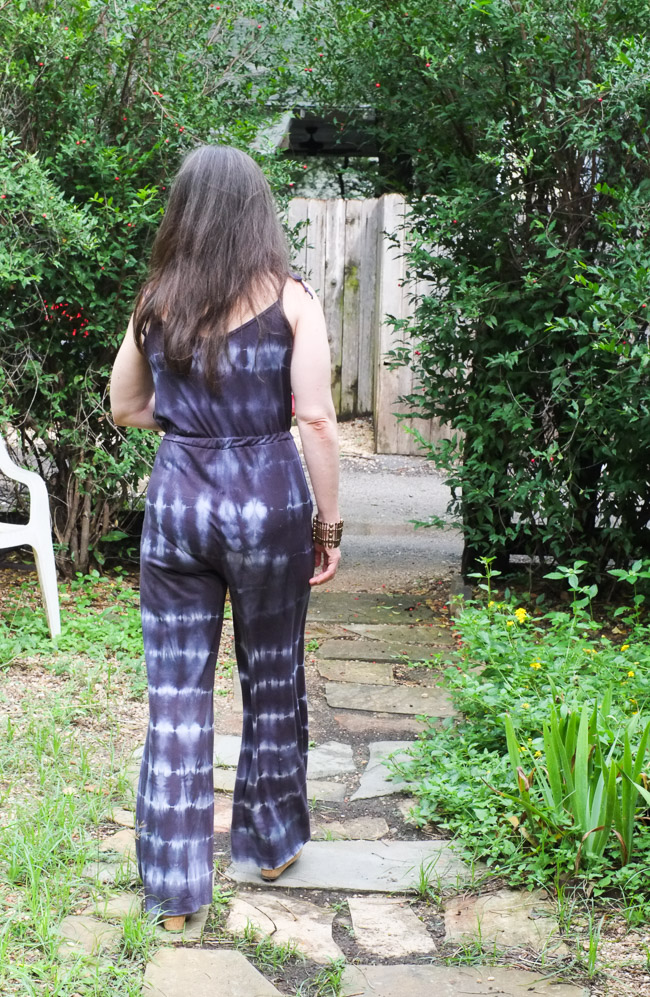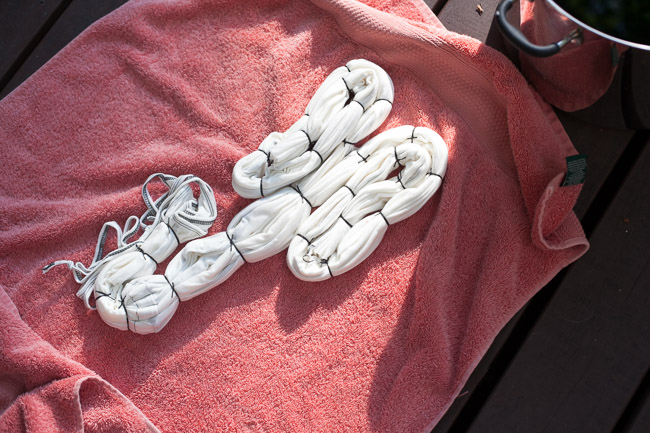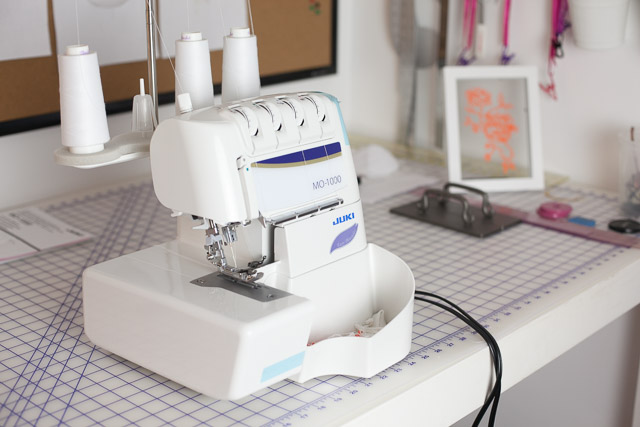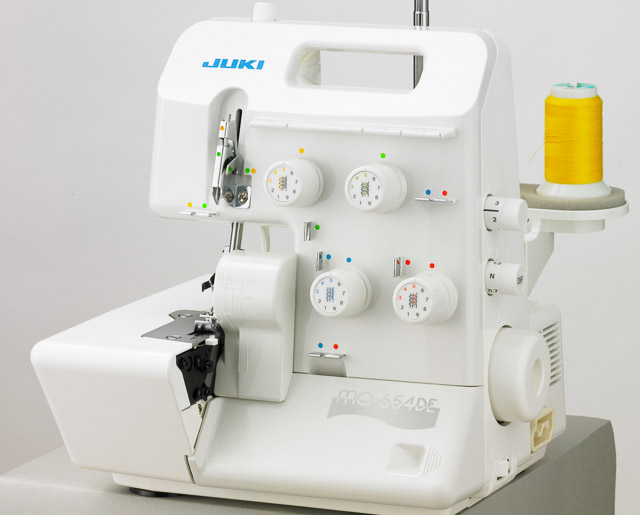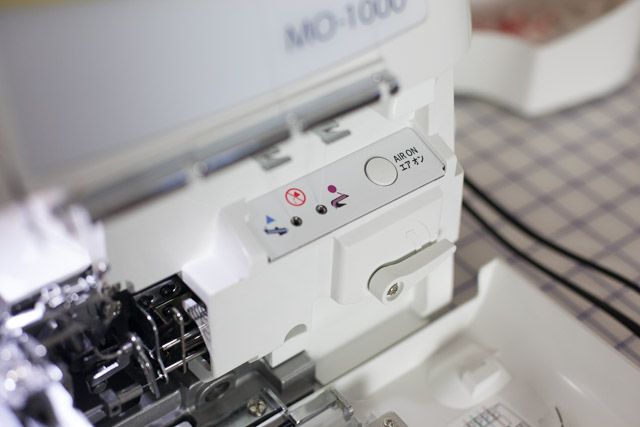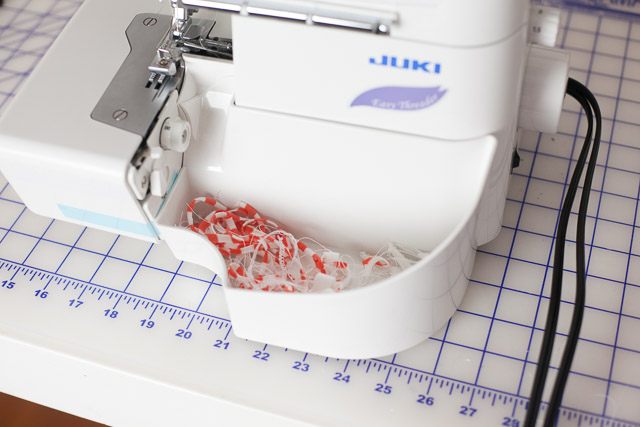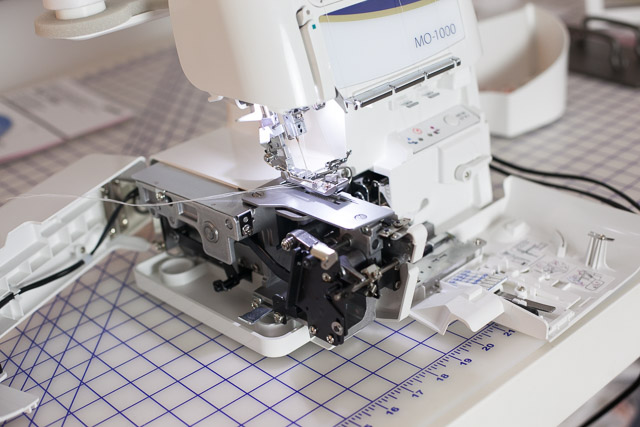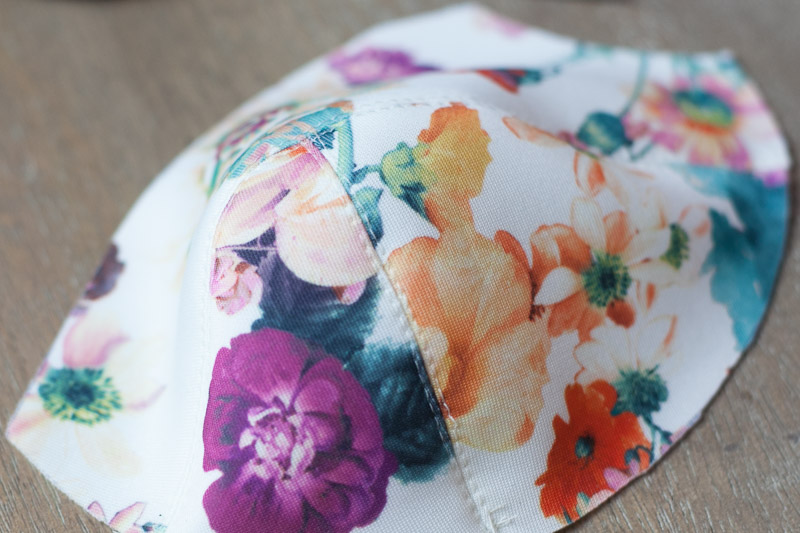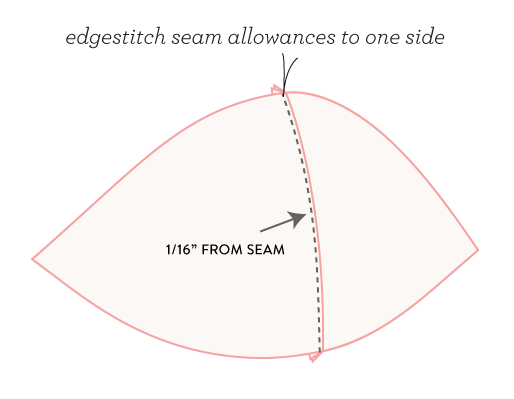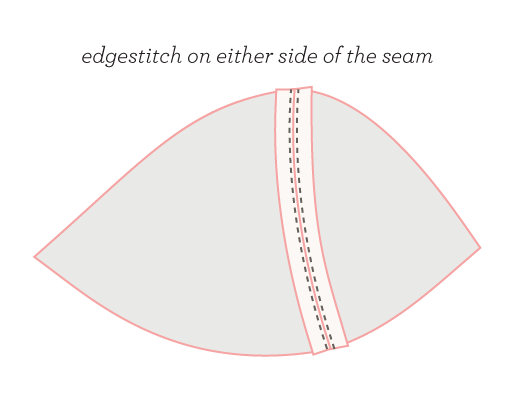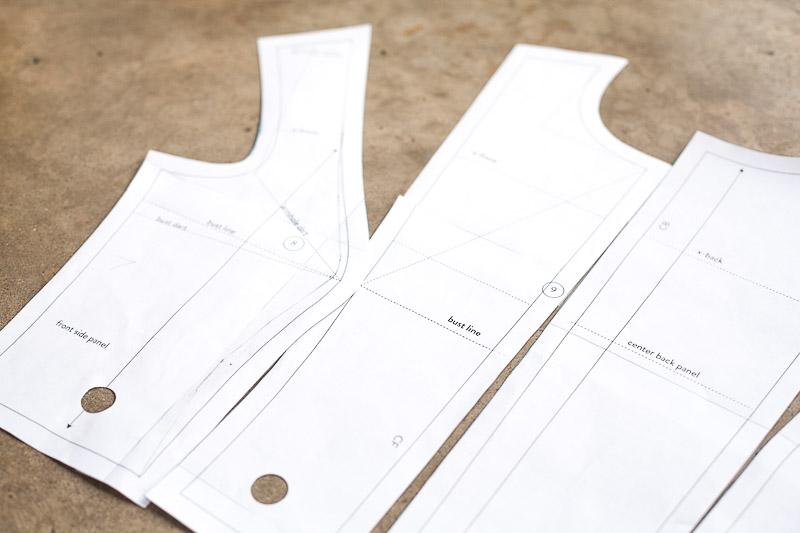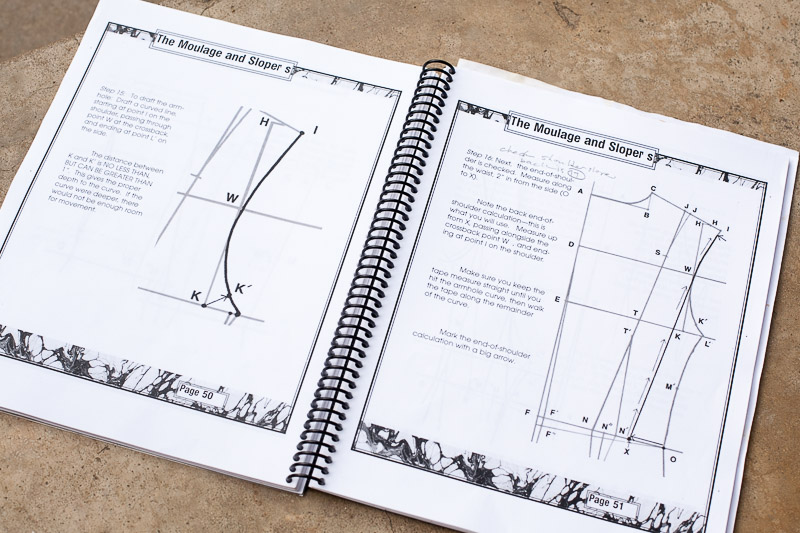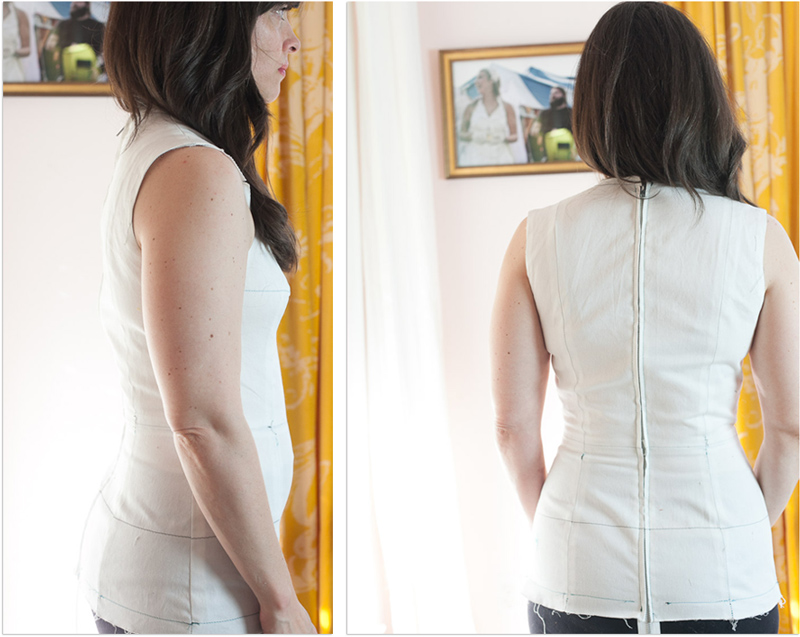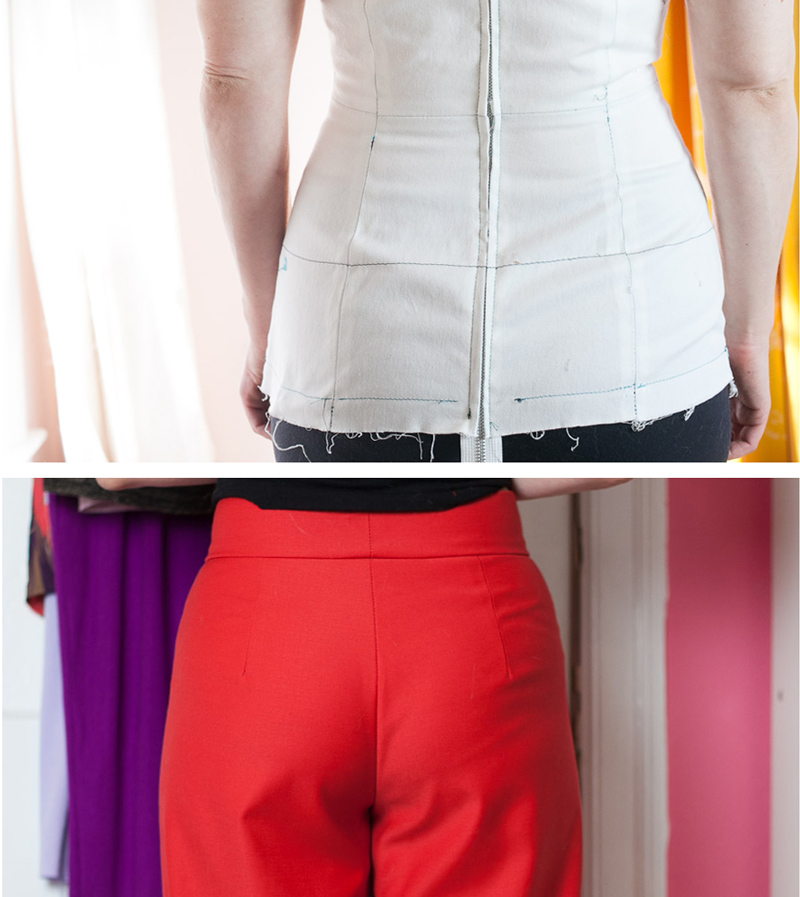
Hi Amy, I’m interested in sewing lingerie. Do you recommend a sewing machine or are their special features I should look for?
Over the past year or so I’ve received many questions about how to choose a sewing machine for lingerie or bra making. Some of you feel your old machine is just not up to the job, and some of you are brand new to sewing and possibly picking out a machine for the first time.
I’ll share some features that I appreciate in lingerie sewing but I think it’s important to start here: you don’t need a specialized machine to make lingerie (or bras).
On my particular machine I have sewn leather, wool, fur, silk and delicate lace. Unless you want to start your own lingerie business and plan on doing production sewing (making 100 or so of the same thing in the same fabric over and over), a good domestic sewing machine is all you need!
So what’s good? Well, that depends on your experience and budget.
If you are brand new to sewing and inexperienced with sewing machines, I recommend visiting a local sewing machine dealer. Nowadays a lot of us just want to press buy and get it right on our doorstep! But hear me out: Where you buy your machine is often more important than what brand you buy. A good machine dealer can help walk you through machines, may offer free classes on the one you choose, give you a better price than you’ll get online (true for all three machines I have bought), and more importantly technical support when things go wrong. And trust me, occasionally things do go wrong.
If you have experience with a machine you probably have a good handle on a few things you like or don’t like about your current machine. If this is your situation, test-driving a few machines with your favorite fabrics is going to be your best guide.
For lingerie and bras in particular, here are a few features I would look for:
1. Adjustable foot pressure
If I were to pick one feature I couldn’t live without, this would be it. I have turned away many a beautiful vintage machine because I couldn’t adjust the foot pressure.
Adjustable foot pressure is a great thing to have for any kind of sewing with knits and lightweight silks. I find it invaluable for sewing stretch lace and other light lingerie knits. Loosening foot pressure can help the foot glide over fabric rather than push it and cause mismatched or wavy seams.
2. Easy to fine-tune zig-zag length and width
Some vintage and really low-end sewing machines only offer a few predetermined zig-zag stitches. For underwear and bras, you’ll be using zig-zag stitches a lot! And you’ll want to change and fine-tune the settings for each project.
3. A 3-step zig-zag
This is a fairly common feature on mid-range and up machines, but many older and low-end machines don’t include it.
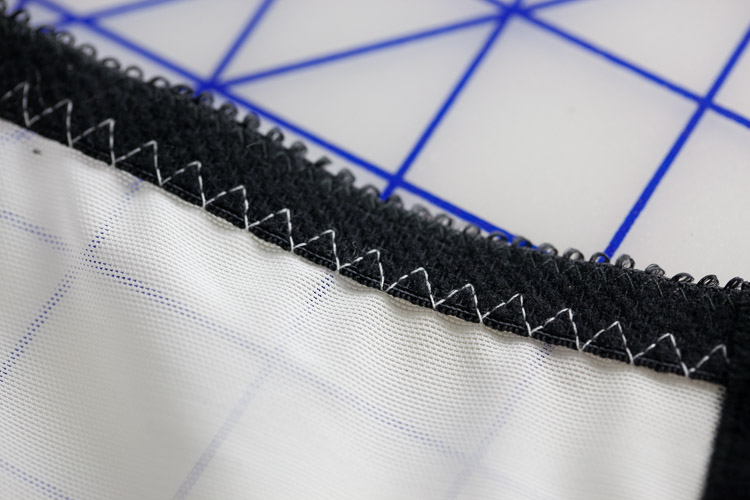
A 3-step zig-zag (or triple zig-zag) takes 3 steps up and 3 steps down. For most lingerie and elastic, a regular zig-zag works just fine but a 3-step is extra strong, and useful for areas where you want extra durability in your zig-zag stitches.
4. A straight stitch foot
A straight stitch foot is useful for sewing 1/4″ or 6mm seams. Similar feet go by different names. Look for a foot that has a 1/4″ or 6mm distance between the needle and the edge of the toe. This might be a straight stitch foot, 1/4 foot, or a patchwork foot (this is what I use for my Juki). Whatever it is called, this will be slightly narrower than the “all-purpose foot” that comes with your machine.
The great thing about feet like this is that you can use the foot as a seam guide wherever you are sewing 1/4″ or 6mm seams, which are typical on bras. I also use them to achieve neat topstitching rows.

On the left is my Juki’s patchwork foot and on the right is a generic industrial straight stitch foot that can screw on most industrial and vintage machines.
—-
And that’s it! Just four features I’d consider essential in lingerie or bra sewing.
Of course those aren’t the only things I’d personally look for if I was shopping for a machine right now. For example, I prefer to have a knee lift so that when I am sewing tight curves I can keep my hands on the fabric while occasionally lifting the foot. And good machine light is super important to me! But these features are things I have learned to appreciate with experience.
In case you are curious about the machines I use, I have several but I use a Juki Exceed for all of my lingerie sewing. It has served me happily for about five years. I occasionally use a vintage Bernina 830 that I pull out for regular sewing when I’ve had to service my Juki. It is a fantastic vintage machine that will last forever, but it’s a great example of one that has no presser foot adjustment or triple zig-zag. These were two of the missing features that drove me to a newer machine.
If you sew lingerie, what machine features are important to you? Any tips to offer my international readers?
Other sage sewing machine advice (not just for lingerie):
- Sweet Home’s Best Sewing Machine for Beginners
- 5 Things to Remember When Buying a Sewing Machine at Colette
- How to Choose a Sewing Machine at A Dress a Day

